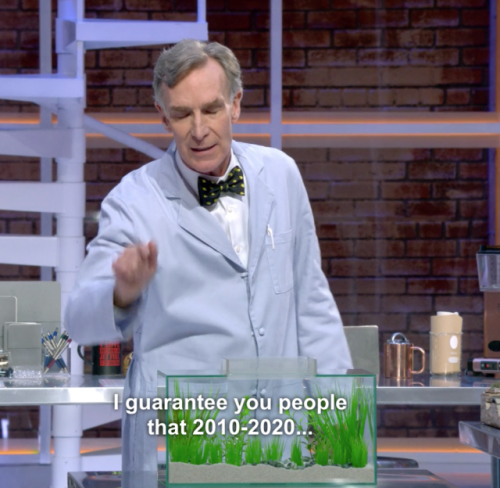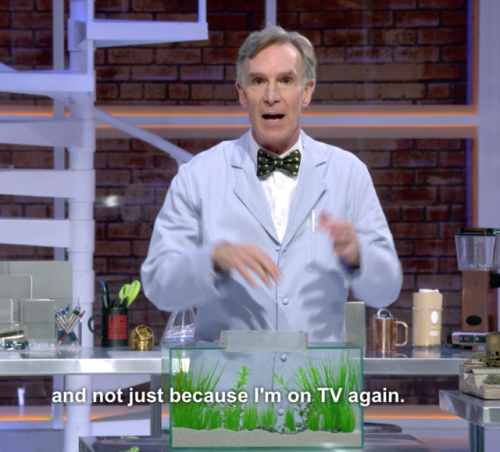We Know More About The Surfaces Of Mars And The Moon Than We Do About The Bottom Of Our Oceans. Source

We know more about the surfaces of Mars and the moon than we do about the bottom of our oceans. Source Source 2 Source 3
More Posts from Tres-4b-blog and Others
That song that many bros knows but don’t know what it is called… <3

“Why don’t you fix your little problem and light this candle?” - Huge respect to Al Shepard, 58 years ago today in this little capsule. (at Chabot Space & Science Center) https://www.instagram.com/p/BxFuV03He9Y/?igshid=q8orkqflc1wr










We Have Now Reached The Limits Of The Hubble Space Telescope
“Finally, there are the wavelength limits as well. Stars emits a wide variety of light, from the ultraviolet through the optical and into the infrared. It’s no coincidence that this is what Hubble was designed for: to look for light that’s of the same variety and wavelengths that we know stars emit.
But this, too, is fundamentally limiting. You see, as light travels through the Universe, the fabric of space itself is expanding. This causes the light, even if it’s emitted with intrinsically short wavelengths, to have its wavelength stretched by the expansion of space. By the time it arrives at our eyes, it’s redshifted by a particular factor that’s determined by the expansion rate of the Universe and the object’s distance from us.
Hubble’s wavelength range sets a fundamental limit to how far back we can see: to when the Universe is around 400 million years old, but no earlier.”
The Hubble Space Telescope, currently entering its 30th year of service, has literally revolutionized our view of the Universe. It’s shown us our faintest and most distant stars, galaxies, and galaxy clusters of all. But as far back as it’s taken us, and as spectacular as what it’s revealed, there is much, much more Universe out there, and Hubble is at its limit.
Here’s how far we’ve come, with a look to how much farther we could yet go. It’s up to us to build the tools to take us there.

An Amazing Split View of the Milky Way and a pristine German river by hjalmar111
★☆★ SPACE ★☆★
-
 val-or-not liked this · 5 years ago
val-or-not liked this · 5 years ago -
 hoodedkitten144 liked this · 5 years ago
hoodedkitten144 liked this · 5 years ago -
 ultimateliska liked this · 5 years ago
ultimateliska liked this · 5 years ago -
 thelatenightflowerhour liked this · 5 years ago
thelatenightflowerhour liked this · 5 years ago -
 iloveyouverymuchforever liked this · 5 years ago
iloveyouverymuchforever liked this · 5 years ago -
 theinkywaterpod reblogged this · 5 years ago
theinkywaterpod reblogged this · 5 years ago -
 mebabygirlbee-blog liked this · 5 years ago
mebabygirlbee-blog liked this · 5 years ago -
 sa-mm-iee liked this · 5 years ago
sa-mm-iee liked this · 5 years ago -
 copiasprincess liked this · 5 years ago
copiasprincess liked this · 5 years ago -
 avtumnrain liked this · 5 years ago
avtumnrain liked this · 5 years ago -
 risingsuns-world liked this · 5 years ago
risingsuns-world liked this · 5 years ago -
 differentscissorswombatskeleton liked this · 5 years ago
differentscissorswombatskeleton liked this · 5 years ago -
 out-one liked this · 5 years ago
out-one liked this · 5 years ago -
 lordmoonmoon liked this · 5 years ago
lordmoonmoon liked this · 5 years ago -
 dreamcatchsworld-blog liked this · 6 years ago
dreamcatchsworld-blog liked this · 6 years ago -
 eduwestt liked this · 6 years ago
eduwestt liked this · 6 years ago -
 mortimer-worm liked this · 6 years ago
mortimer-worm liked this · 6 years ago -
 tres-4b-blog reblogged this · 6 years ago
tres-4b-blog reblogged this · 6 years ago -
 blueyellow555 liked this · 6 years ago
blueyellow555 liked this · 6 years ago -
 cookiecatgalaxy liked this · 6 years ago
cookiecatgalaxy liked this · 6 years ago -
 8-6-17 liked this · 6 years ago
8-6-17 liked this · 6 years ago -
 crapyouknowme liked this · 6 years ago
crapyouknowme liked this · 6 years ago -
 shootmewhenpossible-blog liked this · 6 years ago
shootmewhenpossible-blog liked this · 6 years ago -
 sindysugar reblogged this · 6 years ago
sindysugar reblogged this · 6 years ago -
 danieljeoneternalnovice reblogged this · 6 years ago
danieljeoneternalnovice reblogged this · 6 years ago -
 iamexhaustedd liked this · 6 years ago
iamexhaustedd liked this · 6 years ago -
 lilspookybaby liked this · 6 years ago
lilspookybaby liked this · 6 years ago -
 millionsofplanets liked this · 6 years ago
millionsofplanets liked this · 6 years ago -
 maxpowerpuppy liked this · 6 years ago
maxpowerpuppy liked this · 6 years ago -
 slapsticktoon liked this · 6 years ago
slapsticktoon liked this · 6 years ago -
 coughbutton reblogged this · 7 years ago
coughbutton reblogged this · 7 years ago -
 coughbutton liked this · 7 years ago
coughbutton liked this · 7 years ago -
 cereal-and-m1lk liked this · 7 years ago
cereal-and-m1lk liked this · 7 years ago -
 mon-anour-blog liked this · 7 years ago
mon-anour-blog liked this · 7 years ago -
 whatiseerightthereisapris-o-nair reblogged this · 7 years ago
whatiseerightthereisapris-o-nair reblogged this · 7 years ago -
 superhighschoollevelastronaut reblogged this · 7 years ago
superhighschoollevelastronaut reblogged this · 7 years ago -
 musicaldoughnut liked this · 7 years ago
musicaldoughnut liked this · 7 years ago -
 luikaishirakawa reblogged this · 7 years ago
luikaishirakawa reblogged this · 7 years ago -
 luikaishirakawa liked this · 7 years ago
luikaishirakawa liked this · 7 years ago










